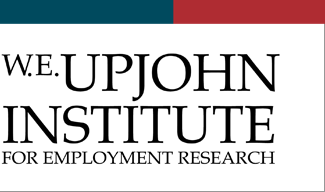Upjohn Author ORCID Identifier
Series
Upjohn Institute Technical Report No. 22-044
DOI
10.17848/tr22-044
Issue Date
June 2022
Abstract
The United States has two types of “place-based” jobs problems: low employment rates in 1) local labor markets and 2) neighborhoods. The local labor market problem can be dealt with by targeting distressed local labor markets for job creation. The neighborhood problem can be dealt with by targeting distressed neighborhoods with programs to improve residents’ job access. This report describes the magnitude of these place-based jobs problems and reviews research on the most cost-effective programs to address these problems. The report also reviews current state government efforts to target job opportunities to distressed places, pointing out that such targeting is frequently too modest and poorly designed. As an alternative, this report proposes that state governments adopt two targeted block grant programs: a “Local Job Creation” block grant; a “Neighborhood Employment Opportunities” block grant. The costs, benefits, and distributional effects of these block grants are described.
Sponsorship
The Pew Charitable Trusts
Subject Areas
ECONOMIC DEVELOPMENT; Local labor markets; Regional policy and planning; Business and tax incentives
State Commuting Zone Grant Calculation Data
Tract data with calculations for Pew tract grants(1).xlsx (64067 kB)
Tract Data with Calculations
Get in Touch With The Expert
Want to arrange to discuss this work with the author(s)? Contact our .
Included in
Citation
Bartik, Timothy J. 2022. "How State Governments Can Target Job Opportunities to Distressed Places." Upjohn Institute Technical Report No. 22-044. Kalamazoo, MI: W.E. Upjohn Institute for Employment Research. https://doi.org/10.17848/tr22-044

